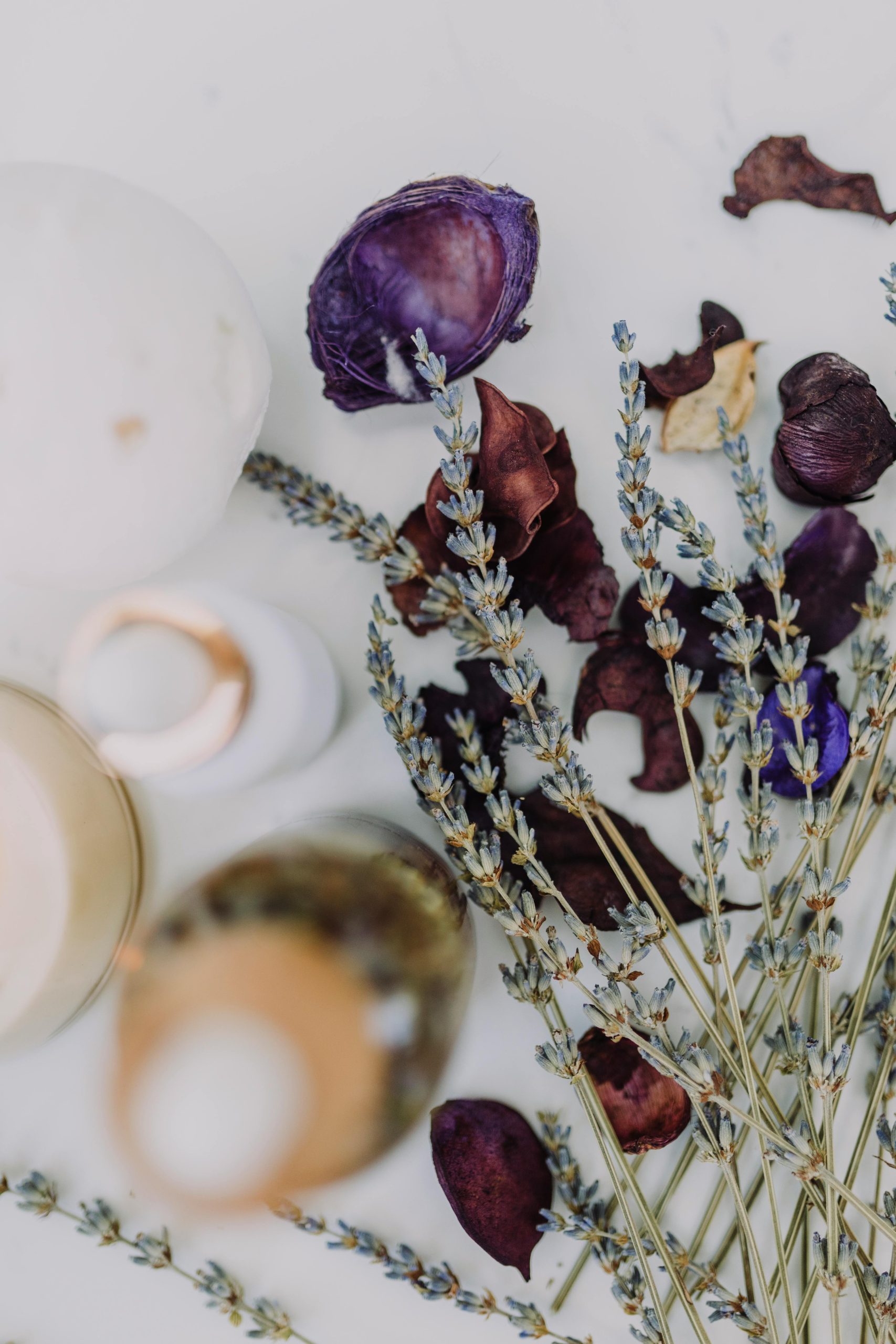For centuries, people have turned to nature for healing, using plants and herbs to treat ailments, boost wellness, and promote balance in the body. If you’re new to herbal healing, the world of natural remedies can seem overwhelming—but it doesn’t have to be. This beginner’s guide will introduce you to the basics of herbal healing, helping you harness the power of plants safely and effectively.
What Is Herbal Healing?
Herbal healing, also known as herbalism or phytotherapy, is the practice of using plants and their extracts to support health and treat illnesses. Unlike modern pharmaceuticals, which often isolate single compounds, herbal remedies use the whole plant, offering a holistic approach to wellness. Herbs can be consumed as teas, tinctures, capsules, or even applied topically as salves and oils.
Why Choose Herbal Remedies?
Many people prefer herbal remedies because they are:
- Natural: Derived from plants with minimal processing.
- Gentle: Often have fewer side effects than synthetic drugs.
- Accessible: Many herbs can be grown at home or purchased affordably.
- Versatile: Used for prevention, symptom relief, and overall wellness.
Getting Started with Herbal Healing
Before diving into herbal remedies, it’s important to start with a solid foundation. Here are some key steps for beginners:
1. Research and Education
Begin by learning about common herbs and their uses. Books, reputable websites, and courses can provide valuable insights. Some beginner-friendly herbs include:
- Chamomile: Calms nerves and aids digestion.
- Peppermint: Relieves headaches and soothes upset stomachs.
- Lavender: Promotes relaxation and helps with sleep.
- Echinacea: Supports immune health.
2. Start with Simple Remedies
Instead of complex formulations, begin with single herbs or basic blends. Herbal teas are an easy way to start—simply steep dried herbs in hot water and enjoy.
3. Consult a Professional
If you have existing health conditions or take medications, consult a qualified herbalist or healthcare provider before using herbs. Some herbs can interact with medications or may not be safe for certain individuals.
Popular Herbs and Their Uses
Here are some of the most commonly used herbs in herbal healing and their benefits:
1. Ginger (Zingiber officinale)
Ginger is a warming herb known for its digestive and anti-inflammatory properties. It can help with nausea, motion sickness, and cold symptoms. Try it as a tea or add fresh ginger to meals.
2. Turmeric (Curcuma longa)
Turmeric contains curcumin, a powerful anti-inflammatory compound. It’s often used for joint pain, immune support, and digestion. For better absorption, pair it with black pepper.
3. Garlic (Allium sativum)
Garlic is a natural antibiotic and immune booster. It may help fight infections, lower blood pressure, and support heart health. Use it fresh in cooking or take it as a supplement.
4. Calendula (Calendula officinalis)
Calendula is a soothing herb often used in skin care. It helps heal cuts, burns, and rashes when applied as a salve or infused oil.
Safety Tips for Herbal Healing
While herbs are natural, they can still be potent. Follow these safety guidelines:
1. Know Your Allergies
Some people may be allergic to certain herbs. Test a small amount first, especially when using a new herb topically.
2. Use Proper Dosages
More isn’t always better. Follow recommended dosages to avoid adverse effects.
3. Avoid Certain Herbs During Pregnancy
Some herbs, like pennyroyal or black cohosh, can be harmful during pregnancy. Always check safety before use.
4. Store Herbs Properly
Keep dried herbs in airtight containers away from light and moisture to preserve their potency.
Incorporating Herbs into Daily Life
You don’t need to be an expert to benefit from herbal healing. Here are simple ways to integrate herbs into your routine:
1. Herbal Teas
Brewing herbal teas is one of the easiest ways to enjoy herbs. Try chamomile before bed or peppermint after meals.
2. Cooking with Herbs
Fresh or dried herbs like rosemary, thyme, and basil add flavor and health benefits to meals.
3. DIY Herbal Remedies
Make simple remedies like infused oils, salves, or tinctures at home with a few basic ingredients.
4. Aromatherapy
Essential oils from herbs like lavender or eucalyptus can be used in diffusers for relaxation or respiratory support.
Herbal healing is a gentle, natural way to support your health, whether you’re looking for relief from minor ailments or simply want to enhance your well-being. By starting with common, safe herbs and following best practices, you can confidently explore the world of herbal remedies. Remember, consistency is key—herbs often work best with regular use. As you gain experience, you’ll discover which plants work best for your unique needs, empowering you to take control of your health naturally.


